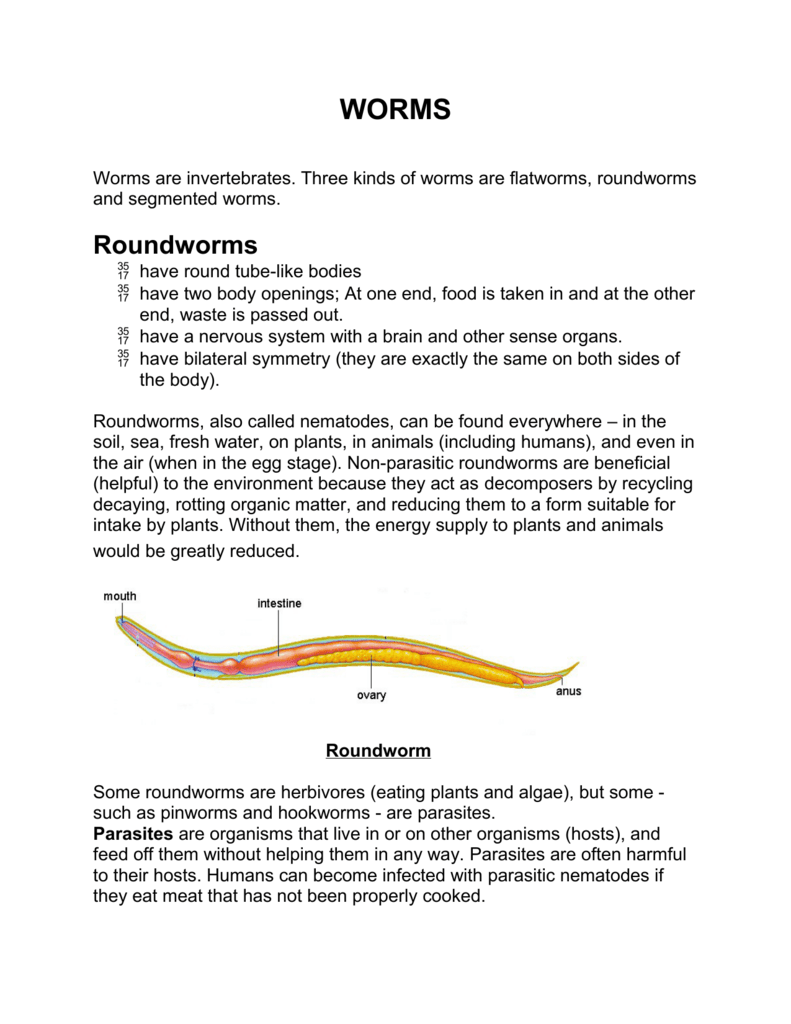


Hotez, in Tropical Infectious Diseases (Third Edition), 2011 IntroductionĪccess the complete reference list online at Many people are infected by walking barefooted on beaches, where dogs and cats have been allowed to roam freely and contaminate the sand with infected feces. Humans are considered atypical or dead-end hosts. They cannot penetrate into blood vessels and travel to the lung.
Roundworms and hookworms in humans skin#
If the infective larvae accidentally penetrate the skin of a human through minute breaks, they are unable to penetrate any further than the outer layer of the skin. Near the end of the pregnancy, these encysted larvae become active, and either finish their migration to the lung and on to the intestines, or they travel to the mammary glands, where they congregate and are passed in the milk to the newborn offspring. Some of the larvae that are traveling through tissue encyst and stay in the tissue, until the (female) host becomes pregnant. Once in the lungs, they follow the same path as larvae that penetrated the skin. Some of the larvae stay there, and some burrow through the intestinal wall and travel to the lungs through tissues. If the larvae are ingested, they travel directly to the small intestine. Coughing brings the larvae to the mouth, where they are swallowed and travel to the small intestine, attach to the wall, and mature to adulthood. Once in the lungs, they break out of the blood vessels and enter the alveoli, then crawl up the respiratory tree to the trachea, where they cause a mild irritation that makes the host cough. Larvae that enter the host through minute breaks in the skin migrate to the lungs via the bloodstream. The larvae infect the host either by being ingested or by penetrating the host's skin ( Figure 19). The infective larvae are found in shady, moist, sandy soil. In 1 to 3 weeks they become infective larvae. During the normal life cycle of hookworms, eggs are passed by adult females in dog or cat feces and hatch as larvae on the ground. BERRYHILL PHD, in Handbook of Zoonoses, 2007 TRANSMISSIONĪdult hookworms are found attached to the wall of the small intestine.


 0 kommentar(er)
0 kommentar(er)
